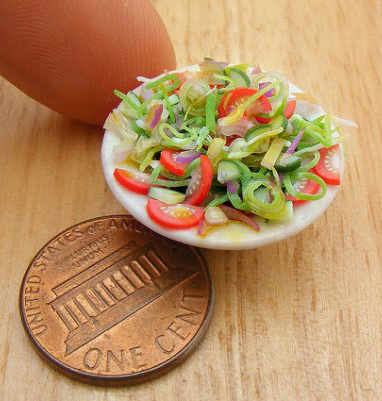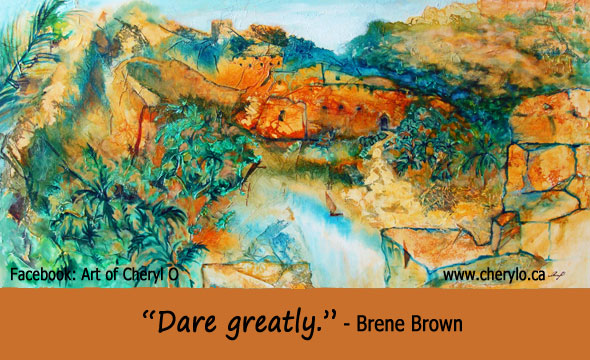It doesn’t really matter whether you paint quickly or slowly, as long as you are enjoying it. However, there are some real advantages to giving yourself some timed exercises. This is how it works… You need a timer, the stove one would be fine. Have your reference near by, get your paints out and ready with a medium sized brush (no little brushes), set the timer for 20 minutes (or shorter), and push ‘start’. The idea is to see if you can capture the essence of your reference in a short period of time. This forces you to move the brush quickly and concentrate on the main shapes. It doesn’t give you time to fuss with details. Try doing several of these in a row with a different reference each time. You may be suprised by how well they can turn out, and what a fun way this is to hone your painting skills.







